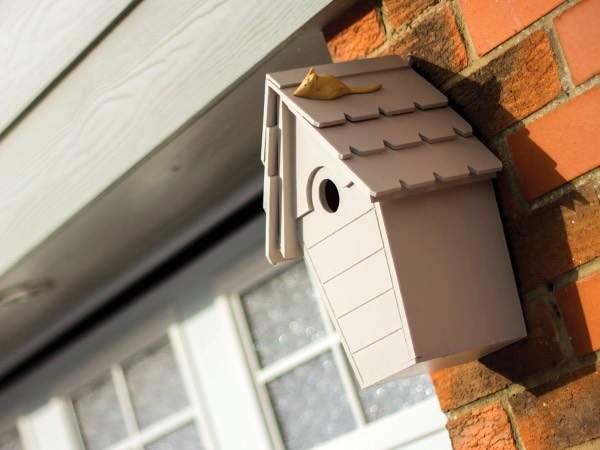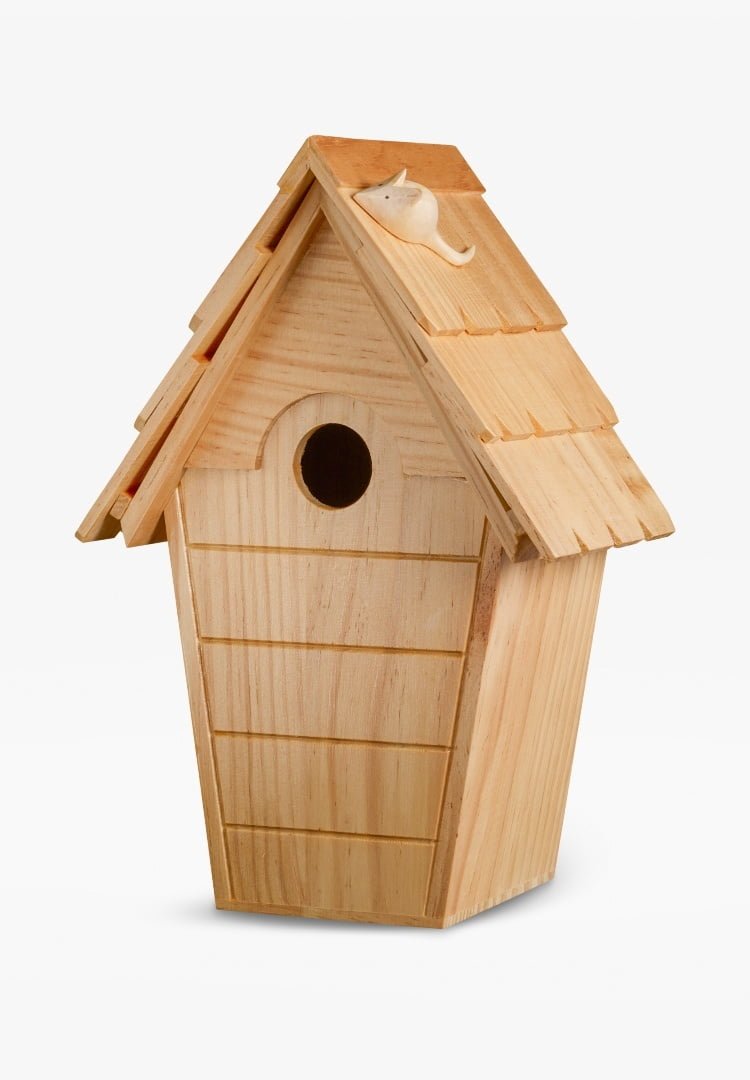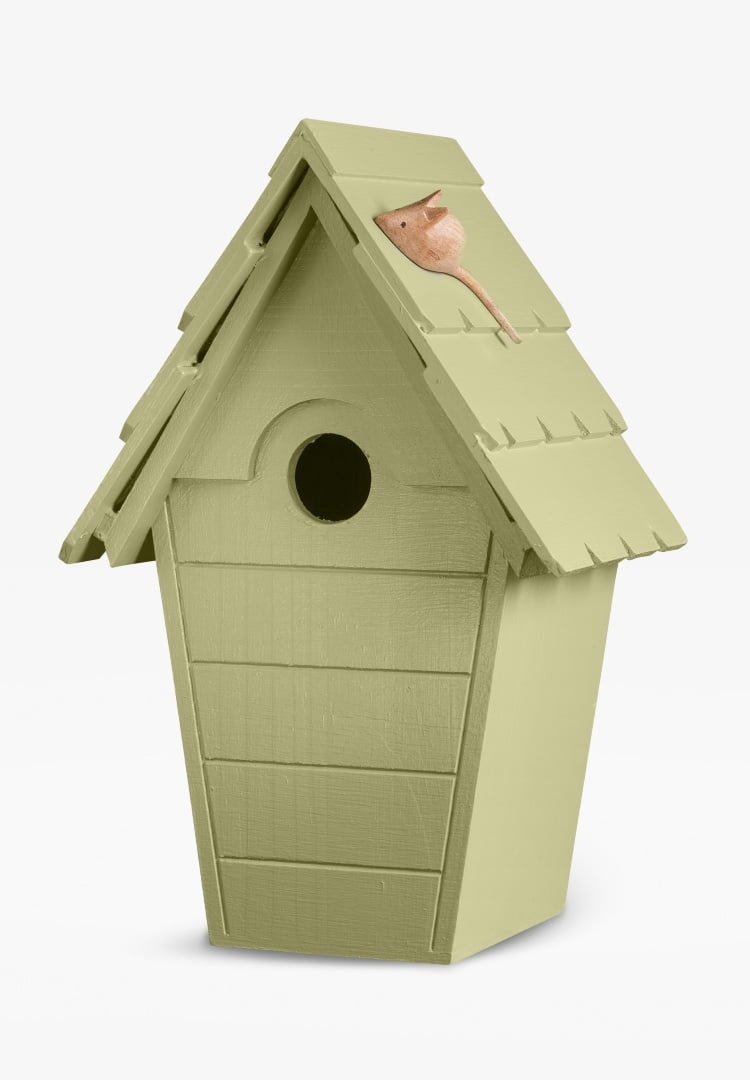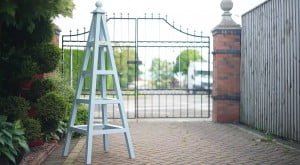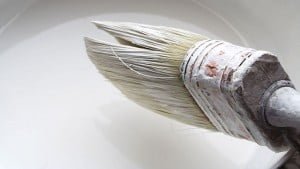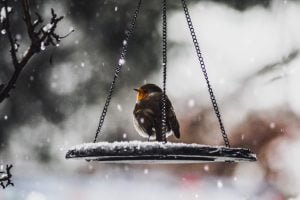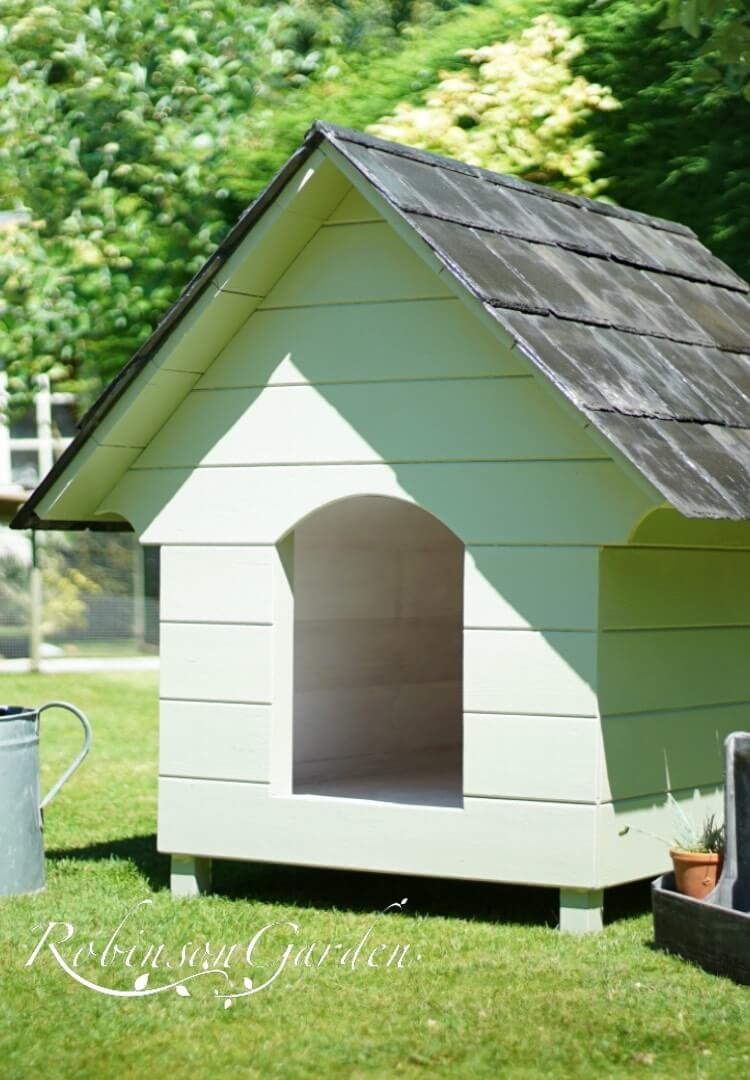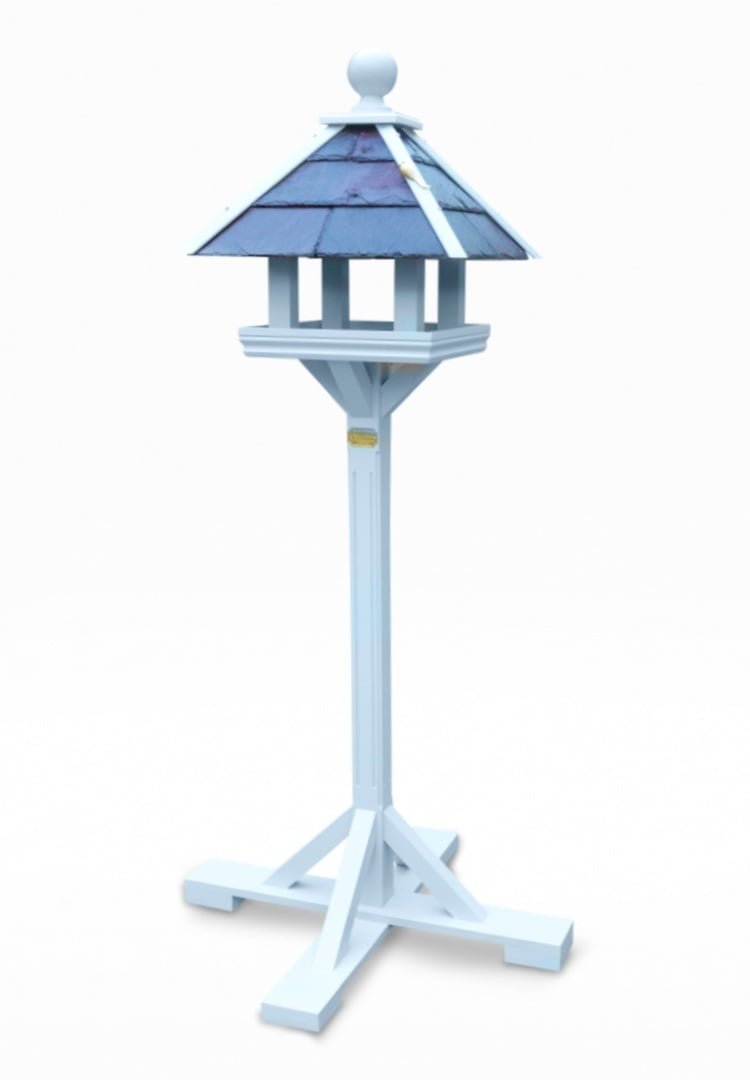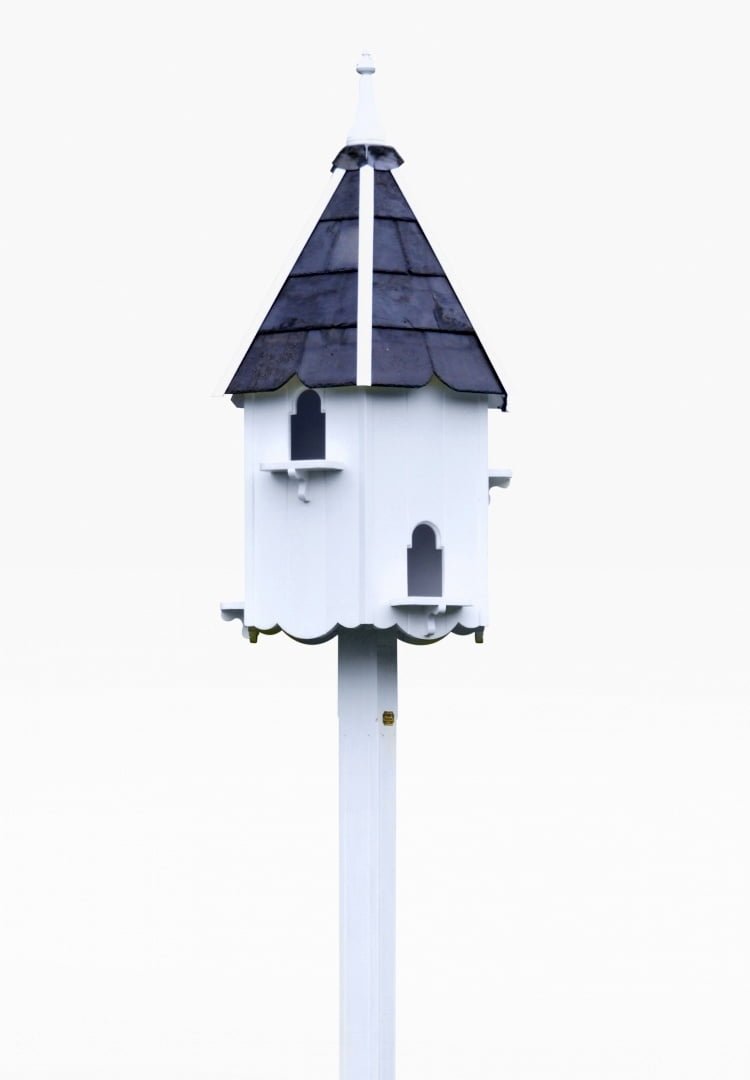Purchasing a bird box / nesting box can be an easy and satisfying way to bird watch and enjoy the natural world. By taking time to plan and care for these boxes, you can benefit from a closer relationship with birds.
So you want to buy a nest box or bird box to help support UK birds. OK great! I remember when my first bird box purchase many years ago, I didn’t really know what I was doing and just went for it. Now there is an abundance of products to choose from, including different types, shapes, materials and prices! So lets look at the best ways to choose your nest box / bird box.
Bird Box and Nesting Box FAQs
A nesting box can be a great addition to your garden and help support wild birds in the UK. But if you’re not sure how to choose a nesting box, this blog will help you learn everything you need to know.
There are several things to consider when choosing a nesting box for wild birds in the UK. First, it’s important to think about how many birds you want to attract. If you want just one species of bird, then a smaller box will be fine; but if you want more than one species, then it’s best to get a larger box (or multiple boxes).
The second thing to consider is whether or not the box has an opening on top. If so, then it’s important that there aren’t any gaps or holes where predators could get inside; otherwise they’ll just eat your birds! And finally, make sure that there are no sharp edges on the inside of the box so that bird parents don’t hurt themselves while building their nests.
If these things sound like too much work for you right now—don’t worry! There are plenty of places where you can buy pre-made nests online – Check out our Nesting Boxes by CLICKING HERE
A birdhouse is an enclosed structure, such as a wooden box, that’s designed for birds to live in. Nesting boxes, on the other hand, are usually open structures with no walls or roofs. They’re intended to provide shelter for birds while they build their nests within the box itself.
It’s the question on everyone’s mind: should you put anything in a bird nesting box? The answer is… it depends.
If you’re thinking of putting straw or hay in the nest, don’t do it! Birds are very particular about what they use to make their nests, and if you put something in there that isn’t right for them, they won’t use it. Instead, leave them alone and let them do their thing. You can also provide some old nesting material from a previous year’s nest if they seem like they’re having trouble finding anything else—but again, only if they’re looking for new material.
If you have squirrels in your area or think that they might climb into your nest boxes (which would be very bad for the baby birds), consider putting some metal flashing around the outside of your boxes to keep them out.
This will work as long as there aren’t any other openings around which a squirrel could get into the box from below ground level (like through an open door or window).
We get it, you’re an animal lover. You want to help out those birds who are nesting in your yard, but you’re not sure if you should put anything in their bird nesting box.
The short answer is: no.
You should keep the bird’s box free of any additional items other than the nesting materials that come with it. This will help keep the birds healthy and safe from parasites such as mites, fleas and ticks.
If you have a bird’s nest on your property, don’t be alarmed! Nests are generally built by one or two pairs of birds—and not all at once.
The birds may have been building their nest for weeks or even months before they’ve laid eggs in it. Once they’ve laid their eggs and left the nest unattended for a few days, the birds will return to the nest to incubate them until they hatch into baby birds called “chicks.”
After hatching, these chicks will spend another month or so growing up inside the nest before they’re ready to leave it behind for good!
Why buy a Robinson Garden bird box / Nesting Box for wild garden birds?
Robinson Garden nest boxes are made from sustainable, durable FSC timber, so they’re safe for birds and have really good insulation properties, making them warm in winter and cool in summer. Our nest-boxes have been carefully designed to have the correct dimensions and ventilation that birds need, and we only use Farrow and Ball paint, which is child and animal safe.
Why should I Buy a Nesting Box / Bird Box?
Nest boxes and bird boxes are excellent substitutes for the holes found in old trees. You may find in young woodlands, parks and gardens that there may be plenty of food for small birds but nowhere for hole-nesting birds to nest.
Over 60 species are known to have used nest boxes. Regular residents include blue, great and coal tits, nuthatches, house and tree sparrows, starlings, spotted and pied flycatchers, robins, house martins, kestrels and tawny owls.
An estimated 2 million fledglings are reared in nest boxes each year. It is a wonderful feeling to see a blue tit or robin investigating a nest box that you put up yourself.
The Wildlife Trust
Our gardeners represent a vast landscape; and with an estimated 16 million gardens in the UK, the way they are managed can make a big difference to wildlife.
Royal Society of Wildlife Trusts
Nest boxes are best put up during the autumn. Many birds will enter nest boxes during the autumn and winter, looking for a suitable place to roost or perhaps to feed
RSPB
When is the best time to put up nest boxes and bird boxes?
To answer that quickly, there really isn’t a ‘best time’ to put up nest boxes. However traditionally, people have put up nest boxes in the early spring to ensure that they are ready for the breeding season. By erecting your nest boxes in the autumn you can provide much a needed winter refuge for roosting birds to increase the chance of them staying and nesting when spring comes around. They often use the same boxes for nesting the following spring. Tits will not seriously investigate nesting sites until February or March.
As a general rule, any box put up before the end of February stands a good chance of being occupied. Even after February there is still a chance of occupancy, for example blue tits have been known to move in during April and house martins as late as July.
Whatever the time of year, your nest box is likely to be used for roosting so it shouldn’t stay unoccupied for long. Therefore, put your nest box up as soon as you can rather than leaving it in the shed!
Where should I position my nest box and bird box?
With nest boxes, ‘Where do I position my nest box?’ is much more important than ‘when do I put up my nest box?’ Nest boxes must provide a safe and comfortable environment to effectively protect their inhabitants from predators and the worst of the British weather. This may be difficult to achieve; a safe location out of reach of predators may also be exposed to the weather, so have a good think before you fully commit to a particular position.
Crucially, the box should be sheltered from the prevailing wind, rain and strong sunlight, so in most UK gardens aim for an aspect of northerly, easterly or south-easterly. Ensure the box isn’t directly exposed to the midday sun as this will lead to the bird box overheating.
If possible, position the box with a slight downward angle to provide further protection from the rain. Wherever you position the box, try to ensure that you can still get access to it for maintenance. Also positioning the bird box somewhere where you can see from is distance is perfect for you to maximise your enjoyment of watching wild birds in your garden.
The Lyndhurst Nest boxes can be fixed to walls, trees or buildings depending on your own preference. If you decide to hang your bird box to an artificial surface, the growth of the tree does not have to be considered which is useful.
If you decide to fix your bird box to a tree it’s advised to tilt the box forward slightly so that any driving rain will hit the roof and bounce clear.
How to Fix a nest box and bird box to a tree
Fixing your nest box with nails may damage the tree. It is better to attach it either with a nylon bolt or with wire around the trunk or branch.
Use a piece of hose or section of car tyre around the wire to prevent damage to the tree. Remember that trees grow in girth as well as height, and check the fixing every two or three years.
Ensure that you are able to access the box without endangering yourself.
How high do I need to position my next box and bird box?
For many species the height of the box is not crucial. However, by placing it at least several metres off the ground you can help prevent predators and human interference.
The direction of the entrance hole is also not too important but it is beneficial that there is a clear flight path into the box.
How to Deter and Keeping predators away from Nesting Boxes and Bird Boxes
Keeping nest boxes out of the reach of predators can be a big challenge, but there are things you can do to make it harder for predators. A bird box in the garden should be located where cats cannot get to them, this makes walls a better option than trees. Whilst some mammals can climb walls, a blank wall is fairly inaccessible so can be a good choice.
Prickly and thorny bushes can also help to deter unwanted visitors. Location is the most important factor when trying to deter predators. Ensure that the box cannot be reached by a single jump from a nearby branch or the ground.
The Lyndhurst bird box design can also help deter predators as the deep boxes can prevent predators reaching in and grabbing nest occupants, although some tits have been known to fill up deep boxes with large quantities of nesting material. If you live in an urban area, cats are likely to be the most common predator. Gardeners have long since used various methods to keep away these unwanted visitors, such as pellets and electronic scarers, all with different degrees of success.
General maintenance for your bird box and nesting box
The Robinson Garden nest box will only need one annual clean in the autumn. It is important not to clean out nest boxes before August as boxes may still be occupied. When autumn arrives remove the contents of the box, checking first that the box is definitely unoccupied.
Scatter the contents of the box on the ground or compost heap ensuring that it’s some way from the box to help prevent parasites re-infesting the nest box. Use a small brush or scraper to remove debris from the corners.
Do not wait until the winter to clean out nest boxes as birds may already be roosting by then.
How many nest boxes do I need in my garden?
The exact amount of boxes required will depend on the species and the surrounding habitat. As a very general rule of thumb, start with ten assorted small boxes per hectare. Keep adding several more boxes each season until some remain unused and hopefully you’ll hit on the correct density of boxes. However, even if you only have space for one box, remember that one box is better than no box (ensuring that it’s suitably located). Many British bird populations have plummeted to worryingly low levels and they need all the additional help they can get!
The nests of most birds harbour fleas and other parasites, which remain to infest young birds that hatch the following year. Therefore it is important to ensure that the old nests are removed in the autumn, from August onward once the birds have stopped using the box. Nest boxes can legally be cleaned out between 1st August and 31st January, but be aware that some birds may still be breeding at this time!
Rinse the inside of the box briefly using boiling water to kill any remaining parasites, and let the box dry out thoroughly. It is strongly advised not to use Insecticides and flea powders. Unhatched eggs in the box can only be removed legally between August and January. If you place a small handful of clean hay or wood shavings (not straw) in the box once it is thoroughly dry after cleaning, small mammals may hibernate there, or birds may use it as a roost site.
Avoid inspecting the nest box whilst it is in use, (despite how tempting it can be) simply watch and enjoy from a distance. Only open it up if you’ve got appropriate skills and experience. It may also be necessary if you are taking part in a monitoring project.
Curious behaviour and what to look out for
Putting a nest-box up may enable you to watch some fascinating bird behaviour up close. A few things to look out for include:-“
Blue tits are regularly seen hammering away at the entrance hole of a nest box. This is probably a form of display by the male, rather than an attempt to enlarge the hole.
Later, the female will also peck vigorously: natural holes may have all the surrounding bark chipped away. This may help her to judge how soft the wood is and whether the hole will provide a safe, predator-proof home in which to raise her brood. Blue and great tits will also hammer at the inside of a box or nest hole, perhaps as a form of display.


